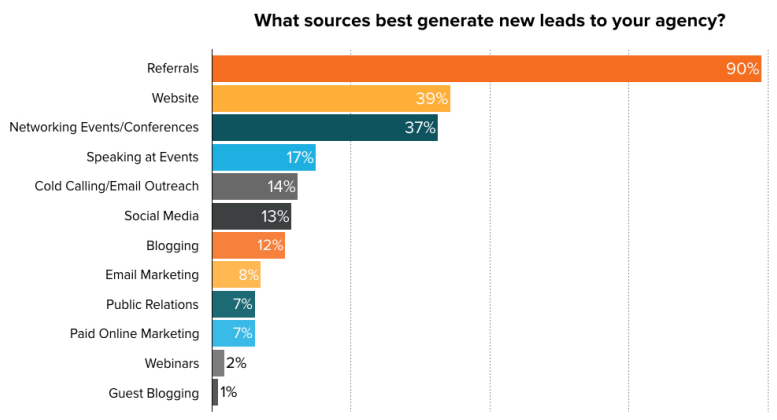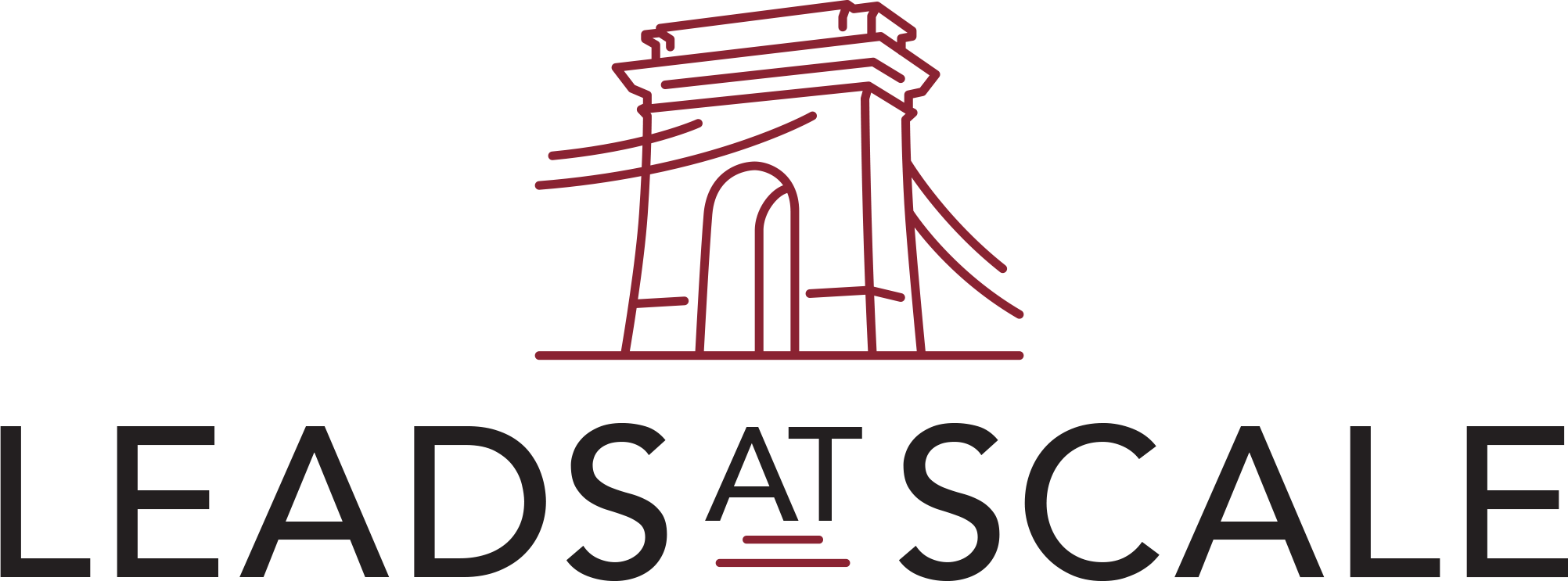Every business wants to get more qualified leads. However, that can be a hard task to accomplish. Let’s see what are the best B2B lead generation best practices for your company.
My sales team hates making cold calls to prospects…
We don’t have the bandwidth to make 1,000s of prospecting calls every month…
We just don’t have the resources to reach enough people in our industry…
If you’re a business owner who has found yourself saying any of the statements above, you’re not alone. In fact, according to statistics, Increasing lead volume is a top priority for 55% of B2B professionals, topped only by increasing lead quality (at 68%).
Every B2B company wants more well-qualified, warm leads in their pipeline in order to operate at their maximum efficiency and increase their lead conversion rate or close rate. But how do you achieve it with a sales team who is already working at max capacity?
The best way to bring in more B2B leads depends on a lot of factors about your individual business — however, there are B2B lead generation tactics that have been proven to work time and time again, across various industries and functions.
The key is finding a strategy that works for you, and in most cases, it all comes down to knowing your audience and how they interact with your business.
In this blog, we’re going to look at five proven B2B lead generation strategies to help increase qualified leads for companies that you can consider for your own business.

Let’s dive in!
What Are the Best B2B Lead Generation Strategies?
The strategies listed below include both inbound and outbound strategies and can be used by SMBs as well as enterprise companies across thousands of industries! Again, the key is thinking about your unique customer’s needs, and what type of approach from this list would best connect with them.
Content Marketing
Content marketing refers to the creation and sharing of any online material (such as videos, blogs, and social media posts) that is intended to stimulate interest in a company’s product or services. This is an extremely effective B2B lead generation strategy due to the fact that it focuses on qualifying and educating leads before they ever speak with a member of your sales department.
Content marketing really works in two ways when it comes to B2B lead generation strategies:
First, content marketing builds trust with consumers through helpful, educational content that is targeted to each phase of the customer’s buying journey.
As you probably well know, prospects at the very top of your sales funnel have very different questions, concerns, and hesitations than prospects at the bottom. And the way you reach customers in these different phases of the buying process differs as well. Successful content marketing takes all of these factors into account in order to speak directly to prospects about their unique pain points.
For example, let’s say you have a customer at the top of the funnel in the research phase of the buying process. During this phase, your company’s content marketing would aim to get in front of the customer via social media, a blog post, a video, or a podcast. The content would explain exactly what problems your solution addresses, how it addresses them, and why the customer should consider working with you.
In contrast, you have another customer at the bottom of your funnel. This customer is more concerned with wanting to know why they should work with your business over a competitor, and what the true ROI of your solution is for them. In this phase, your content marketing would answer this by providing case studies, testimonials, competitor analysis, etc.
Secondly, content marketing promotes search engine optimization (SEO) to help companies be more easily found via an online search.
Here’s an interesting statistic to consider: 68% of online customer experiences begin with a search engine. This means, if your company is not paying attention to where you’re ranking in search engines, you could be missing out on a huge lead generation b2b opportunity.

Content marketing works to help your website get recognized by search engines for common questions or searches your prospects are performing. This is achieved through the use of keywords and keyword phrases within the content of your website. SEO can get a bit complicated, but investing in a dedicated strategy can really help increase your brand awareness and website traffic— and in turn, your conversions.
Pay-Per-Click Advertising (PPC)
Similar to SEO, PPC advertising focuses on capturing website traffic from potential customers based on their online search phrases. Popular PPC platforms include Google Adwords, Bing Ads, and LinkedIn Ads.
PPC works by showing advertisements to potential customers based on what they’re searching for. Companies that use PPC bid on keywords in order to capture traffic and get their ads shown to potential prospects.
There are some upsides and downsides to using PPC as a part of your B2B lead generation strategy. It can take quite a lot of work to get your PPC campaigns running efficiently, and depending on your industry, bidding on popular keywords can be quite expensive. You also need to run PPC campaigns in conjunction with some content marketing in order to further qualify leads before they reach your pipeline.
However, if you can dedicate some time and budget to making PPC work, it can be a great way to get your brand in front of potential customers who are searching for your exact product or service.
Email Marketing
Email Marketing technically falls into the same bucket of B2B lead generation tactics as content marketing; however, you can rely on email to be your entire content marketing strategy— whether it’s used for cold outreach or keeping warm leads interested.
The key to generating leads with emails is always to be wherever your leads are. And your leads use and rely on email. On average, professionals check their email 15 times per day! This presents a great opportunity for companies to get their brand in front of prospects.
The key to a successful cold email is making a great first impression. So, do your research, pay attention to your subject lines, and make sure your emails are extremely relevant to the potential customers you’re sending them to. Cold emails can save a lot of time over cold calling if you use a general template that can be easily customized.
With cold outreach via email, it’s also important to follow up on sales calls. Many B2B companies swear by the 3×3 rule— following up a maximum of three times, three days apart as a winning formula for getting a response.
Live Chat
Consumers have new expectations when it comes to how and when they get their questions answered by company representatives. Live chat presents an opportunity for your sales teams to speak with prospects at the moment when they’re already interested in learning more about your company.
Live chat is better suited for the B2C environment and can be an incredibly effective way to hook leads while they’re warm, answer their questions, and qualify them within minutes, vs. waiting hours or days.
The key to an effective live chat experience is to have someone who is knowledgeable about your business available and responsible for the live chat channel. If you choose to outsource this function, be sure to invest in a company that is actually going to take the time to learn the correct answers to your customer’s common questions. A bad live chat experience will cost you, customers. In fact, after just one negative experience with live chat, 51% of customers will never do business with that company again.
Outsourcing Your Outbound
No matter what type of inbound marketing you use, nothing can quite replace the power of outbound marketing. Even with all of the strategies above put into place, statistics show that the importance of keeping up with cold calls and sales appointment-setting with potential prospects cannot be overstated:
- According to the Rain Group study, 57% of C-level buyers prefer that salespeople call them
- About half of all directors and managers prefer the call, too
- 69% of buyers accepted a call from new salespeople in the past 12 months
- 82% of buyers accept meetings when salespeople reach out to them
So how do you overcome your bandwidth problem when it comes to cold outreach?
Outsourcing!
Outsourcing cold prospecting and cold calling to a trusted partner can increase your outbound calls exponentially, and it is both more efficient and more effective than relying solely on your sales team. Outsourcing outbound calling helps to get qualified leads into your pipeline and allows your talented and knowledgeable sales team to concentrate on doing what they do best – making presentations and closing sales with well-qualified leads!
Social Media Marketing
Social Media is no longer just a hub for sharing memes, personal experiences, and cute cat videos. It has evolved into a powerful tool for B2B lead generation. Platforms like Facebook, Twitter, and Instagram now play pivotal roles in connecting businesses with potential customers. LinkedIn is also an effective tool to generate leads.
Here’s how social media can supercharge your B2B lead generation:
- Targeted Advertising: Social media provides the ability to run highly targeted ads that reach a specific audience. You could target by job title, industry, location, or even the company they work at.
- Community Building: This a space where you can build and strengthen relationships with your audience. Share insightful posts and reply to comments or queries in real-time. It all adds up to building trust with potential leads.
To start with social media marketing:
- Determine which platforms your potential customers are most active on.
- Create engaging content that provides valuable insights about your product or service.
- Adopt an approach of offering value first before promoting your brand extensively.
SEO Optimization
SEO Optimization has taken center stage in most B2B lead generation strategies. It’s about enhancing your online presence, so potential clients can easily find you when searching for your products or services. Search engines typically use two types of optimization: on-page SEO and off-page SEO.
On-page SEO involves optimizing the content within your website, such as page titles, descriptions, and keywords. Off-page SEO involves building quality backlinks from other websites to your own site.
At the heart of SEO is understanding what your potential customers are searching for online. The goal is to determine their search intent and align your website content with it. When you do this effectively, Google rewards your website with a higher ranking in the search results.
According to BrightEdge, 68% of all online experiences begin with a search engine, and SEO drives 1000%+ % more traffic than organic social media. That should clarify why marketers consider SEO as a primary part of their lead-generation efforts.
However, keep in mind that strong SEO isn’t achieved overnight. It’s a long-term strategy necessitated by frequent changes in Google’s algorithms and adapted user behaviors. Therefore, staying updated on the latest SEO techniques and consistently optimizing your site is key to enhancing visibility to your target business audience.
Referrals
Everyone appreciates a good recommendation. In fact, Nielsen reports that 92% of consumers trust referrals from people they know. While this stat is consumer-oriented, it’s just as applicable in the B2B realm. Business decision-makers also lean confidently on suggestions from their known and respected peers when making purchasing choices.
Referral marketing taps into this prevalent human tendency to trust words from those we know. By actively seeking referrals from satisfied customers, you open up channels to new leads who are already somewhat warmed up to your offering.
Growing a referral program may seem daunting initially, but you can break it down into practical steps. Start by identifying your happiest clients. Those who actively engage with your brand or have offered positive feedback in surveys or testimonials. Approach these clients and make it worthwhile to refer your business to others they know that could benefit from your solutions.
In an insightful way, referral programs offer dual benefits. They bring new leads into the sales funnel but also strengthen existing relationships as satisfied customers feel valued being involved in the growth of a brand they appreciate.
Successful referral programs demand sustained commitment and effort.
- Regularly interact with referrers
- Update on proceedings
- Recognize every successful referral
- Maintain transparency and punctuality in offering rewards
These actions will help keep the referral engines running smoothly, consistently pushing warm leads into your B2B lead generation pipeline.
Don’t Struggle with Generating Well-Qualified B2B Leads!
Investing in B2B lead generation strategies that will help increase your qualified B2B leads is an investment well worth making. Increasing your inbound and outbound outreach enables your sales team to spend less time prospecting and more time speaking to potential customers and forming personal relationships — and this is where the true value lies.
If you’re looking for a trusted partner who can help increase your outbound sales outreach, check out our lead generation services for B2B companies. We offer a three-pronged approach to help you get more warm sales appointments, reduce costs, close more sales, and grow faster. Request a demo today.



